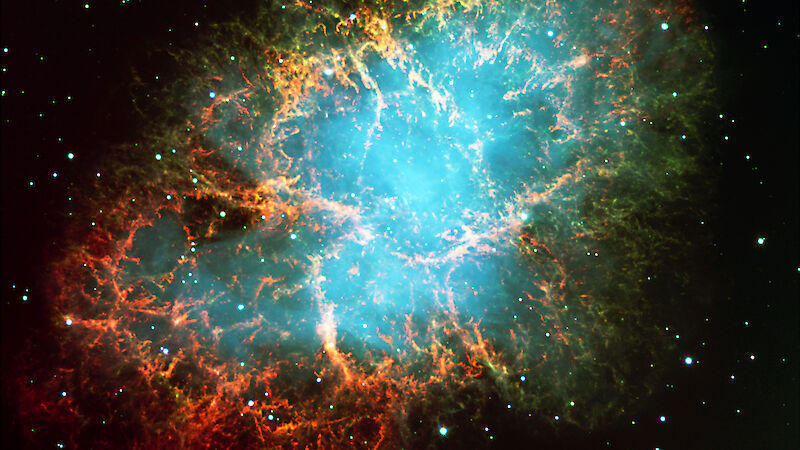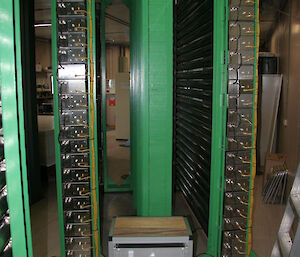The Sun’s vast magnetic field and its solar wind plasma have a big influence on radiation intensity in near-Earth space. Solar flares can generate dramatic increases in radiation near the Earth and, on rare occasions, at the Earth’s surface. Understanding this radiation is essential in studying space weather.
Cosmic rays are made of high-energy charged particles from outer space. They pass through, and are affected by, the magnetised regions of the inner solar system. They are normally harmless, but sometimes they create havoc with the increasingly sophisticated electronic systems we use around the world.
Finding ways to forecast bursts of cosmic energy is one reason to research cosmic rays. Studying cosmic rays also improves our understanding of the radiation environment in near-Earth space. By examining how cosmic ray variations change depending on latitude, we can learn about the nearby radiation environment.
The Bureau of Meteorology operates a combined surface and underground observatory at Australia’s Mawson station. The observatory provides data to an international research network. This observatory, which houses the world's only underground detectors at polar latitudes, is the largest complex of its kind in the Southern Hemisphere. It enables researchers to view parts of the sky that are inaccessible from other latitudes. Surface observations are also collected by the Bureau of Meteorology at Kingston, Tasmania.
Magnetic storms generated by the Sun reach Earth about four days later. These storms, known as space weather, can disrupt satellite systems — and sometimes even ground-based systems like electric power grids. On rare occasions, the sun can even blast the Earth with its own form of cosmic radiation. In space, these sudden radiation bursts can be many hundreds or even thousands of times higher than normal, and even at sea level can for short periods increase background radiation by up to four times (though this is not hazardous to people). The multi-year Mawson data record is being used to find ways to predict space radiation storms up to two days in advance, allowing time to minimise their effects.
The amount of cosmic radiation increases with altitude. It is also higher near the magnetic poles. Australian Antarctic data is used in studies of long-term radiation risks that cosmic radiation (including the rare solar cosmic ray bursts) may pose for astronauts and high altitude aircraft crews, particularly those working on polar routes. As part of these studies the Mawson observatory has been included in a US-Russia-Australia collaboration known as Spaceship Earth, to collect and deliver real-time space radiation measurements to satellite and aircraft operators and other industries sensitive to space weather effects. The special characteristics of the chosen observatories will allow the radiation to be determined almost instantaneously over any point on Earth.


